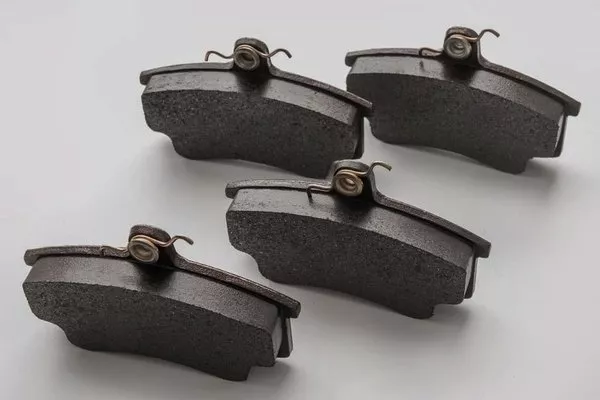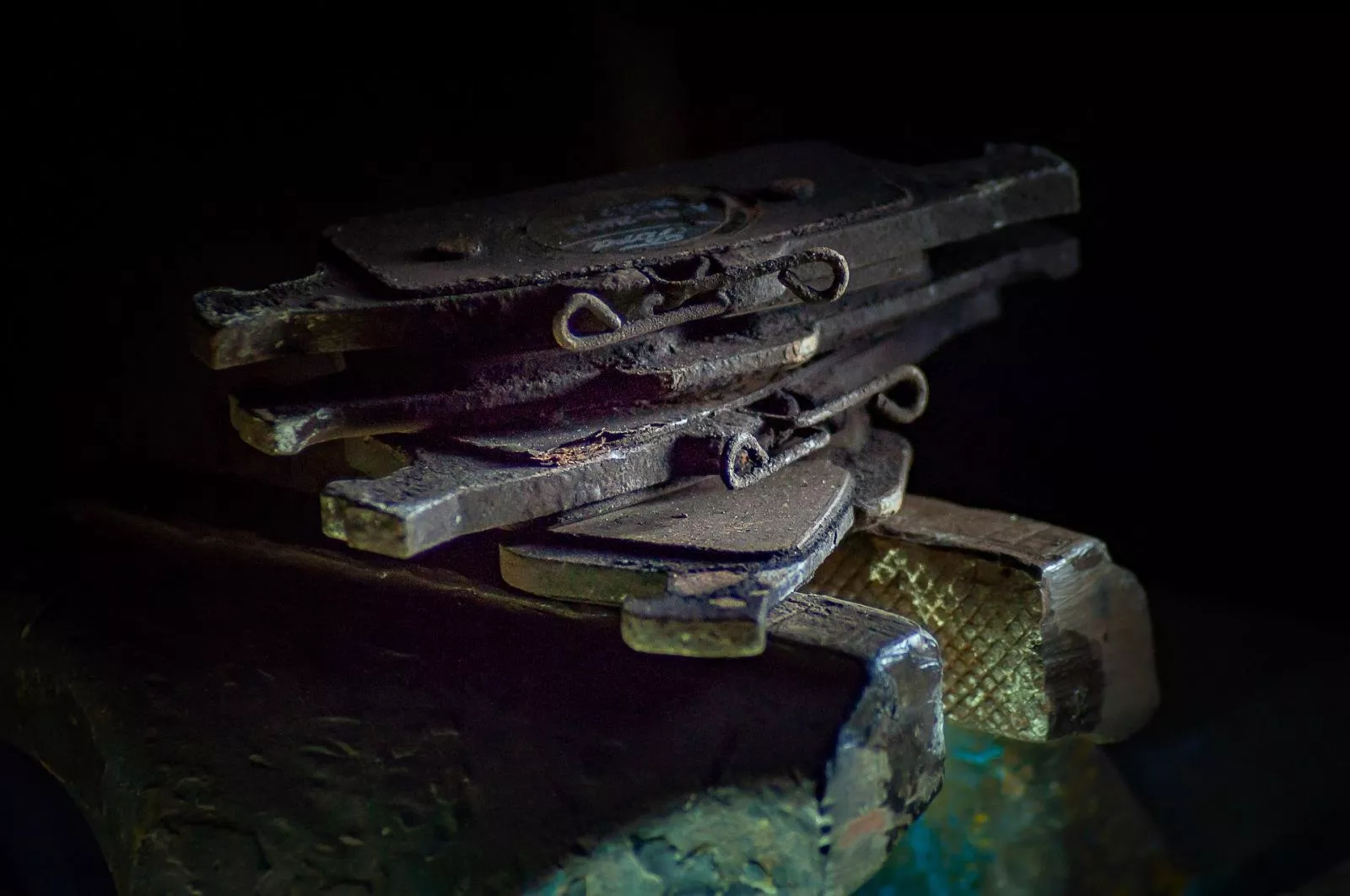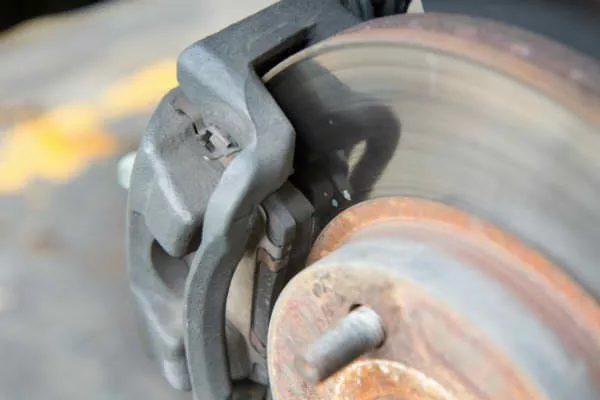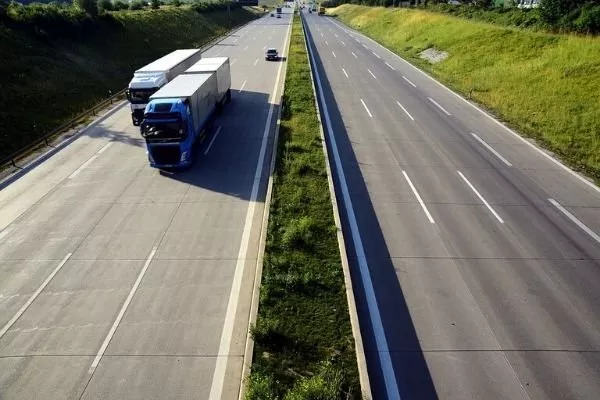Brake pads are one of the most frequently replaced components in your car considering the harsh environment that it operates such as friction and high temperature. On average, brake pads last for around 40,000 km to 90,000 km. The lifespan will depend on how you treat your car’s brake pedal daily.
Some brake pads may even wear out after 30,000 km if you use organic brake pads, which are generally the fastest to wear among brake pad types, and if you slam the brakes hard all the time. Meanwhile, some car owners share that their brake pads last for more than 110,000 km, or around six years.
Due to the varying lifespan of brake pads, knowing how to check the wear and tear on your brake pads can help you save money for replacement costs. The last thing you would want is to pay for a new set of brake pads when your current brake pads can still run for 10,000 km more.
How to check your brake pads
Method #1: Listen to the brake pads
If you haven’t replaced your brake pads for some time, you will notice that there is a squealing sound when you apply the brakes. This could be a sign that your brake pads are already worn out, hence they need to be replaced. The noise comes from the backing plate grinding against the rotor instead of the brake pads.
What’s worse is that people around your car can hear the metal grinding sound which can be embarrassing especially if the noise is too loud already. Another sign that your brake pads are already worn out is that you feel a stronger vibration whenever you step on the brake pedal or hold the steering wheel.

You can determine if your brake pads are still good while driving
Method #2: Inspect the thickness
Brake pads get thinner and thinner the longer they are used. Generally, brake pads are designed with three to four mm of thickness which should last for around three years or more. If your brake pads are less than two mm, then it could be a good sign that you need to replace your brake pads.
You can inspect the thickness without removing the wheels and brake caliper. But we recommend that you remove these components as well whenever you decide to check your brake pads for wear and tear so you can inspect other brake system parts such as the brake caliper seals and brake pins.

New brake pads should be thick to last long
Method #3: Age
As said earlier, brake pads tend to last for around 40,000 km to 90,000 km, or around two to five years. If you reach these intervals, then it is the best time to inspect your brake pads for wear and tear. You should also consider the road condition that you are driving on daily to determine your brake pads’ lifespan.
If you drive on a normal road condition where roads are flat and traffic is rampant, then your brake pads will last for a longer time as high braking power is not necessary to come to a full stop. But if you drive on steep long roads and highways on a daily, then your brake pads should wear faster than they should.

Replace old brake pads for safer travels
Replacement cost for brake pads
A brake pad can cost you around Php 1,000 each. Some are priced even higher depending on the type and quality of the brake pad. If you decide to replace your brake pads, we recommend that you replace all four wheels so braking power is balanced. Plus, you won’t need to visit your local automotive shop from time to time.
This means that you can expect to pay around Php 4,500 for replacement costs of your brake pads including the labor. Some automotive shops even don’t include the labor fee if you bought the brake pads from their shop. The replacement costs can be a bit heavy so it ideal to take measures to extend the life of your brake pads.

Braking is as important as the engine
Tips for prolonging brake pad lifespan
- You should learn how to coast. Coasting is a driving technique, most commonly used on open highways, where you let the car roll its wheels without stepping on any pedals. You can not only extend the life of your brake pads but also save a little bit on fuel since you are not stepping on the gas pedal.
- Another driving technique you can use to prolong the lifespan of your brake pads is called engine braking. Some say that engine braking can damage the internal parts of your car’s engine, but that is completely false. In fact, engine braking is said to be healthy for your car, especially for the brake pads. It involves a shifting technique called downshifting to help your car slow down instead of hitting the brakes.
- The third tip is to avoid running at high speeds if it is unnecessary. The faster your car goes, the harder the brakes will have to work to slow your car down. As such, we recommend that you observe the speed limit at all times. Not only will it extend the lifespan of your brake pads, but also save you some speeding tickets.
- Lastly, do not add unnecessary weight to your car. It will be harder for the braking system to slow your car down when your car is heavy. We’re not saying that you shouldn’t drive your car with a heavy load. But doing this daily will shorten the lifespan of your brake pads which will cost you money for a replacement.

Reduce the risk of running into an accident by maintaining your car's brake pads
FAQs about brake pads
Q: How long do brake pads last?
Brake pads tend to last for around 40,000 km to 90,000 km, or around two to five years.
Q: What is the difference between a brake pad and a brake caliper?
A brake pad is used to contact the brake rotor to slow down the car, while a brake caliper houses the brake pads.
Q: What are the different types of brake pads?
The most common types of brake pads include organic, metallic, and ceramic.
Q: How much is a brake pad in the Philippines?
A brake pad costs around Php 800 to Php 1,200 each.
Q: What is the most common type of brake pad?
Most production vehicles use semi-metallic brake pads due to their moderate performance, longevity, and affordability.
Here at Philkotse.com, we value your interest in the automotive industry. Visit our website to find out more.
Recent posts
- Brake Pads tips advice prices Philippines Jan 29, 2021
- Things you might not know about brake pads and car rotors Jan 30, 2021
- How to change your car's brake pads properly? Aug 17, 2022












